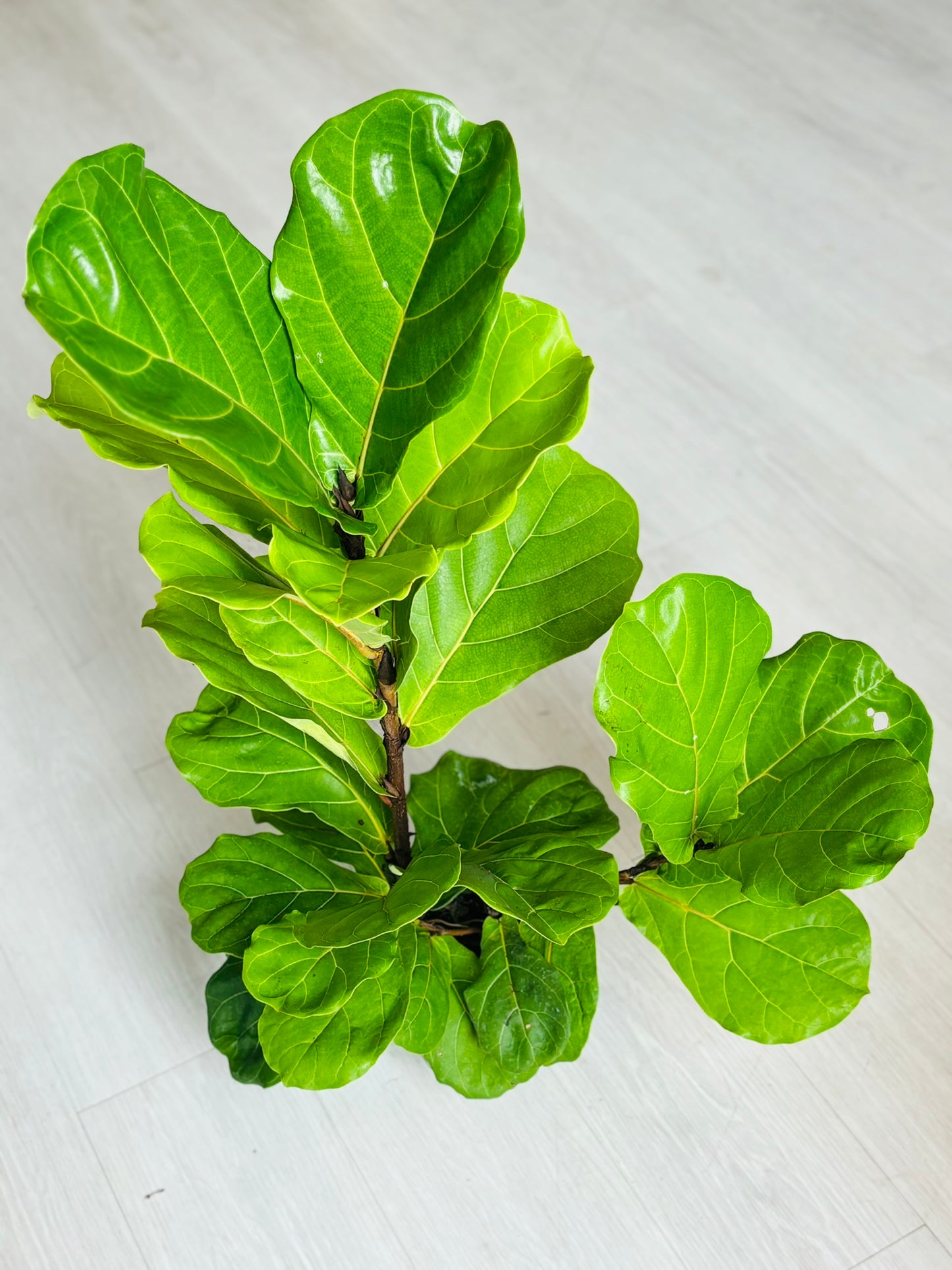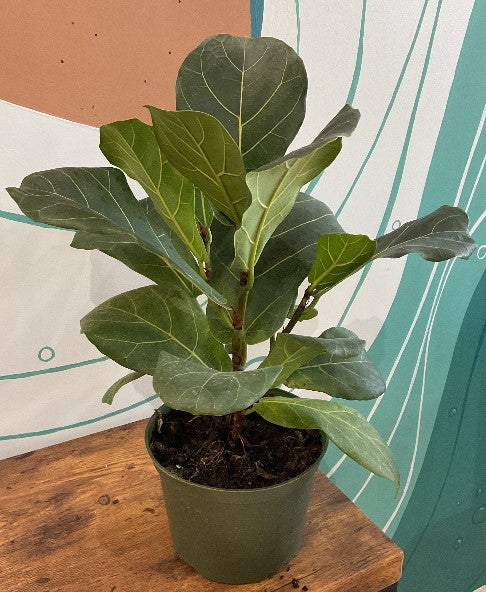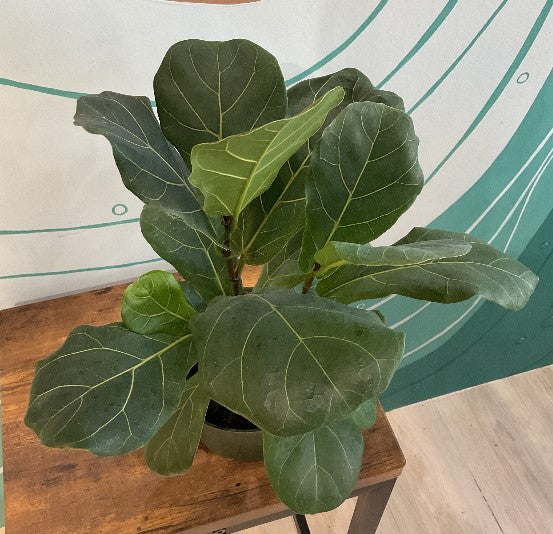SoCal Soul Plants & Gifts
Fiddle Leaf Fig Bush 6”
Fiddle Leaf Fig Bush 6”
Couldn't load pickup availability
Light:
• Bright, indirect light is essential for a Fiddle Leaf Fig. Place it near a window where it can receive lots of natural light, but avoid direct sunlight, which can scorch its leaves.
• It can tolerate a bit of direct sunlight in the morning or late afternoon, but not for prolonged periods.
Watering:
• Water when the top 1-2 inches of soil are dry. Consistent, moderate watering is key.
• Water thoroughly until it drains out of the bottom, but be sure not to let it sit in water, as this can cause root rot.
• Reduce watering slightly in winter when the plant’s growth slows down.
Humidity:
• Fiddle Leaf Figs prefer higher humidity (above 50%), but they can adapt to average household humidity.
• If your home is dry, especially in winter, mist the leaves, use a humidifier, or place the plant on a humidity tray.
Temperature:
• Ideal temperature range is between 65°F and 75°F (18°C to 24°C).
• Avoid drafts, cold windows, or air vents, as sudden changes in temperature can stress the plant, causing leaf drop.
Soil:
• Use a well-draining potting mix with good aeration. A standard houseplant mix with some added perlite or peat moss works well.
Fertilizer:
• Feed your Fiddle Leaf Fig during the growing season (spring and summer) with a balanced, water-soluble fertilizer every 4-6 weeks.
• No need to fertilize in fall or winter.
Pruning:
• Prune to shape or control the size of the plant. Regular pruning encourages bushier growth.
• Remove any dead or damaged leaves to maintain the plant’s appearance.
Repotting:
• Repot every 1-2 years or when it becomes root-bound. Use a pot 2 inches larger than the current one to give the roots room to grow.
• Spring is the best time to repot.
Pest Control:
• Inspect regularly for pests like spider mites, scale, or aphids. Clean leaves with a damp cloth to keep pests at bay.
• Treat infestations with insecticidal soap or neem oil.
Leaf Care:
• Dust can accumulate on the large leaves, which can block light from reaching them. Wipe them down regularly with a damp cloth to keep them clean and allow the plant to photosynthesize properly.
Care Instructions
Care Instructions
Delivery only available in IL & MO
Delivery only available in IL & MO
Currently, shipping is only available to Illinois and Missouri addresses.
In-Store Pick Up
In-Store Pick Up
Free in-store pick-up is available during store hours. Orders are ready to go within 24-48 hours after your order is placed.
Additional Info
Additional Info
Each plant is unique; size, coloring, and shape fluctuate so your plant may be slightly different than the one pictured. However, you'll always receive a happy healthy plant hand-picked, and I won't give customers anything I wouldn't take home myself!
Share






